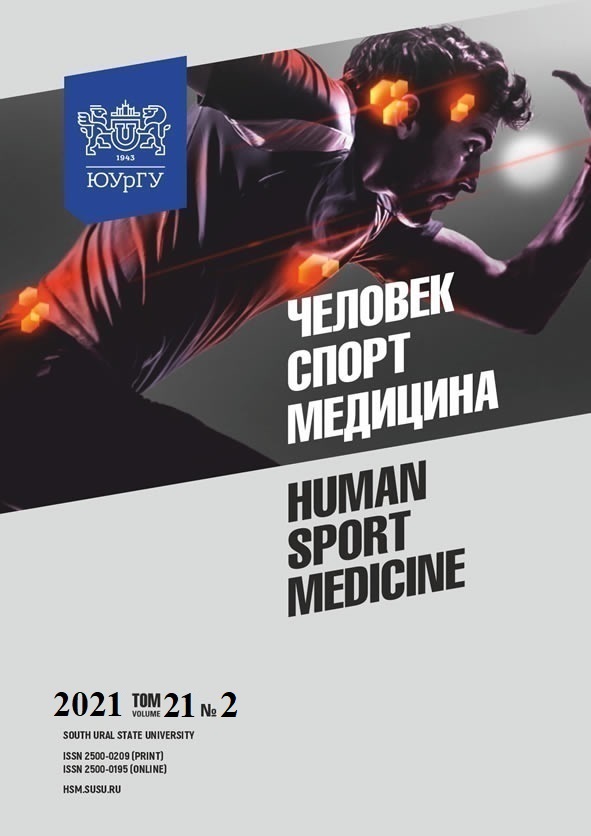ADAPTATION IN STUDENTS IN THE SELENIUM DEFICIENT AREA UNDER A COMPLEX EFFECT OF SELENIUM TREATMENT AND PHOTO STIMULATION
Abstract
Aim. The paper aims to study the correlations between antioxidant and adaptation activity in university students from the selenium deficient area under a complex use of Selenes + and preventive photo stimulation treatment. Materials and methods. Two series of studies were carried out with university students aged 17–20 (n = 60) living and studying in a selenium-deficient area. Students of groups II and III in the pre-exam period were given the Selenes + biologically active supplement in compliance with the recommendations of the Ministry of Health of the Russian Federation. Group III students received a series of photo stimulation treatments (wavelength 450 nm). Group I was not exposed to any of the abovementioned factors (control). The assessment of anthropometric indicators, parameters of the cardiovascular system, autonomic tone, hematological and biochemical profiles was performed. The regression analysis of cross-sectional data was carried out. The stages of analysis included describing the relationship between variables, quantifying the response when the predictor was changed, and deriving regression equations. Results. The use of Selenes + and photo stimulation treatments resulted in an increase in the number of significant correlations, which indicated the improvement of homeostasis due to positive and negative feedbacks in the biosystem. The obtained regression allows to interpolate the dependent variable within the interval of the independent variables, which makes possible to develop adaptation schemes for students with micronutrient deficiencies. Conclusion. The most effective were the models for students who received a complex treatment, which involved Selenes + and photo stimulation. This tendency confirms the stable performance of the antioxidant (an increase in antioxidant activity with a simultaneous inhibition of lipid peroxidation), circulatory (an increase in the number of erythrocytes in comparison with the control values) and autonomic nervous systems.
References
References on translit
Copyright (c) 2021 Human. Sport. Medicine

This work is licensed under a Creative Commons Attribution-NonCommercial-NoDerivatives 4.0 International License.















